Gothic Minimalism: Western Gothic Design for Small Spaces
The Essence Of Western Gothic Design
Western Gothic design is an interesting fusion of the rugged charm of the American West with the haunting allure of Gothic aesthetics. This design style marries the simplicity of rustic elements with the mysterious and dark undertones characteristic of Gothic architecture.
The elements of weathered wood, wrought iron, and textured fabrics converging with intricate detailing and moody color palettes. This unique blend captures the spirit of adventure and nostalgia, evoking tales of cowboys and pioneers under the shadow of Gothic arches.
Implementing Western Gothic design in small spaces presents a challenge, but it also opens up a world of possibilities for creating cozy, intimate environments that showcase the beauty of this distinctive aesthetic in every nook and cranny.
Challenges
Incorporating Western Gothic design into small spaces requires a delicate balance between maintaining the essence of the aesthetic and avoiding overwhelming clutter. The challenge lies in the art of curation, where every piece selected must serve a dual purpose – contributing to the overall theme while maximizing functionality.
Distressed wood surfaces can be employed judiciously, perhaps as a focal point like a coffee table or an accent wall, to infuse a rustic feel without dominating the limited space. The choice of furniture becomes a strategic affair, favoring multi-functional pieces that seamlessly blend with the surroundings. Careful consideration of scale and proportion is crucial, ensuring that the room feels cozy without sacrificing the key elements of Western Gothic design.
By embracing a less-is-more philosophy, small spaces can become captivating canvases for the marriage of rustic elegance and dark allure.
Colors and Textures
- Explore the use of earthy colors like deep browns, rich reds, and muted greens to create a warm and cozy atmosphere
- Incorporate textures such as distressed wood, worn leather, and aged metals to add depth and character to small spaces.
Multi-Functional Pieces
- Furniture that serves dual purposes, maximizing both style and functionality in compact spaces.
- Storage ottoman’s, Sofa beds, Console tables, Nesting tables, Bookcase dividers, Folding dining tables, Murphy beds, Vintage trunks, Folding tables and chairs, and Wall mounted desks.
Strategic Placement
- Arrange furniture to create an open and inviting feel while maintaining the mysterious allure of Western Gothic design.
Lighting
Art and Décor
- Showcase artwork and décor items such as cowboy-inspired art, skull motifs, and vintage maps.
Nature-Inspired Elements
- Desert Flora: Explore the use of succulents, cacti, and other desert-inspired plants to bring a touch of nature into small spaces.
- Animal Accents: Incorporate animal-themed décor, such as antlers, skulls, or hide rugs, to enhance the Western Gothic ambiance.
In conclusion, Gothic Minimalism offers a unique and captivating approach to interior design, particularly suited for small spaces. By embracing the essence of Western Gothic and incorporating minimalistic principles, one can create an atmosphere that is both mysterious and efficient.
The integration of key elements, such as arches, dark hues, and subtle nature-inspired motifs, transforms small spaces into intriguing havens of style and simplicity. This fusion not only maximizes visual impact but also allows for a seamless blend of the Gothic aesthetic with practicality.
In the realm of Western Gothic design for small spaces, less truly becomes more, inviting residents into a realm where darkness and minimalism coalesce to create an enchanting and functional living environment.

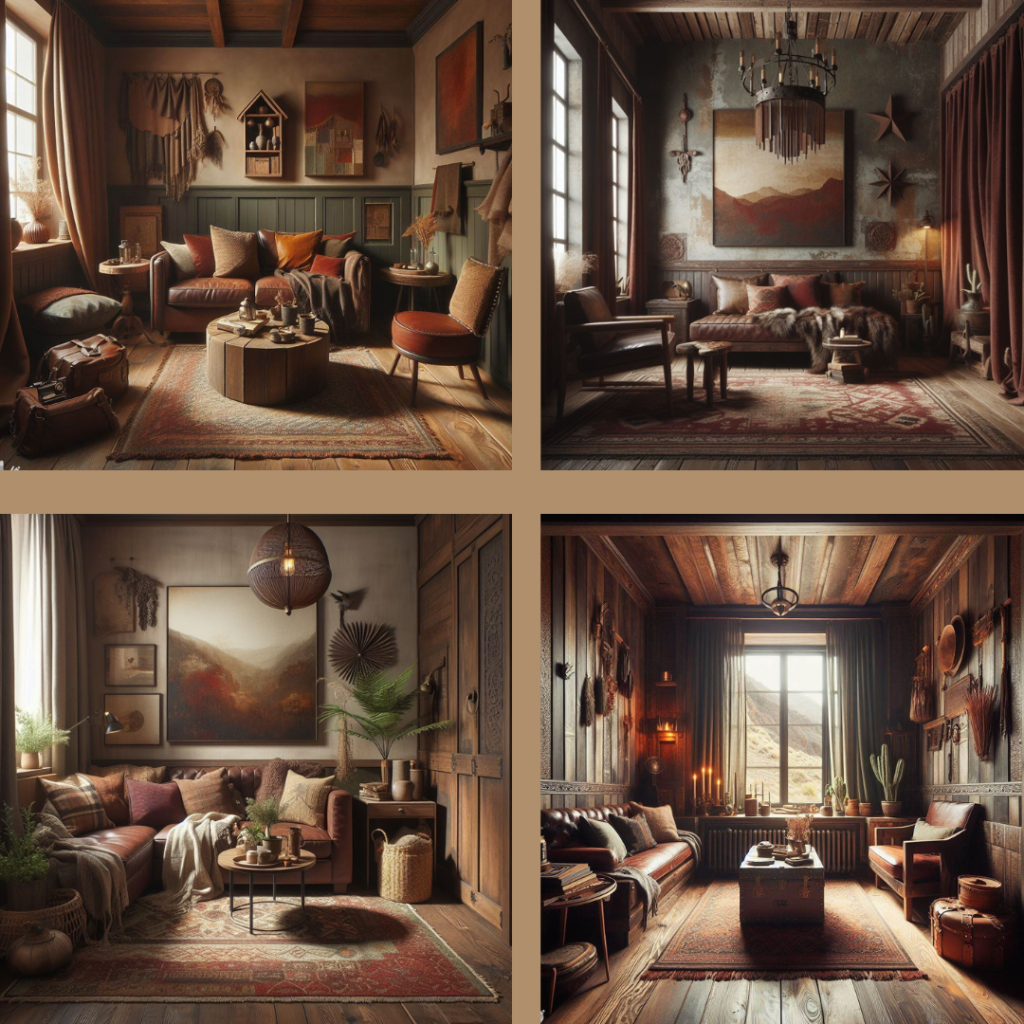
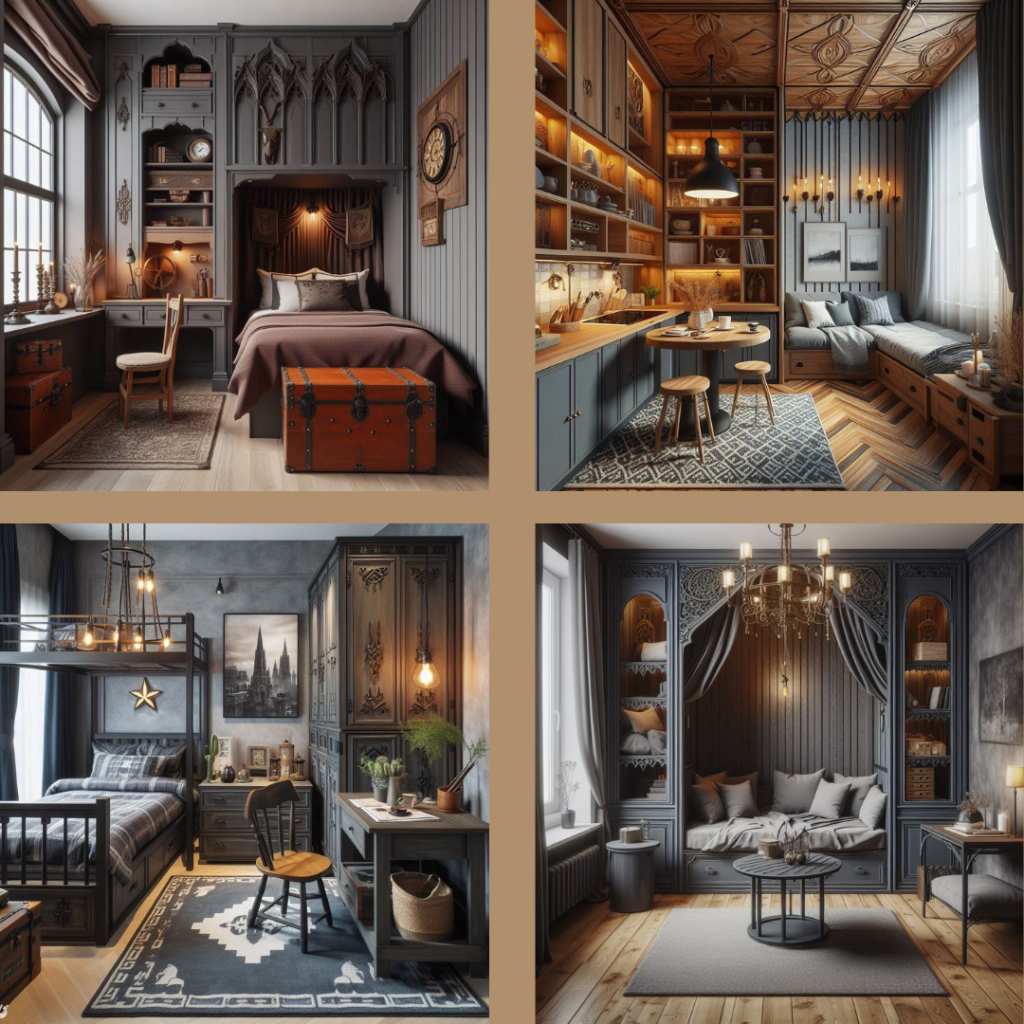
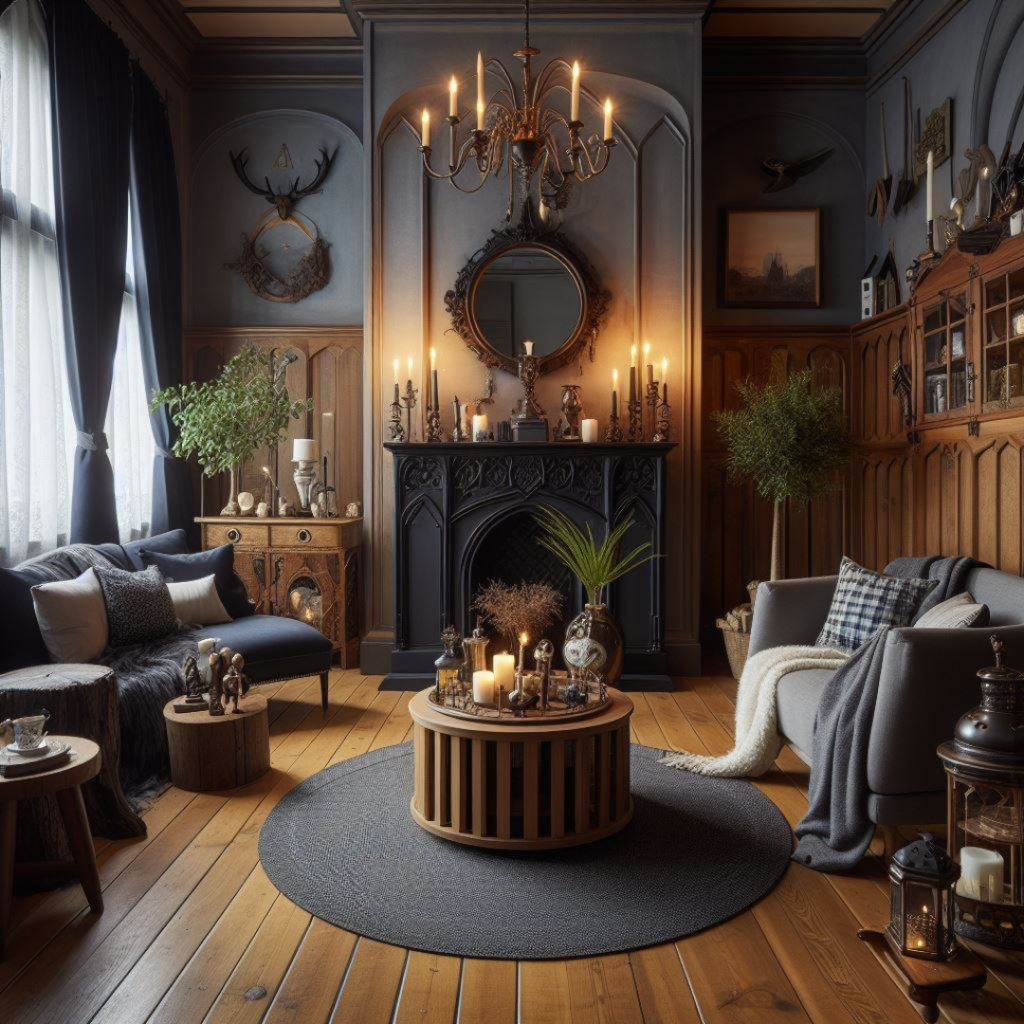
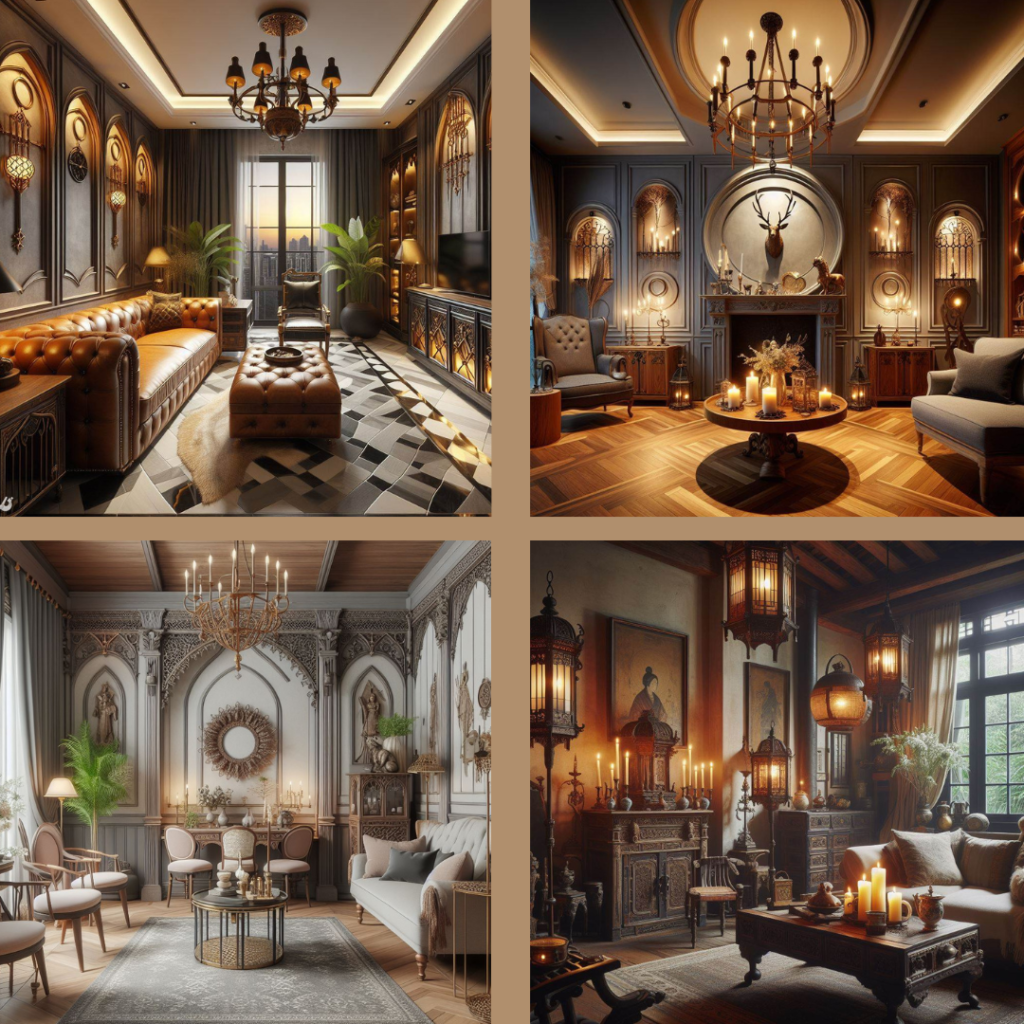
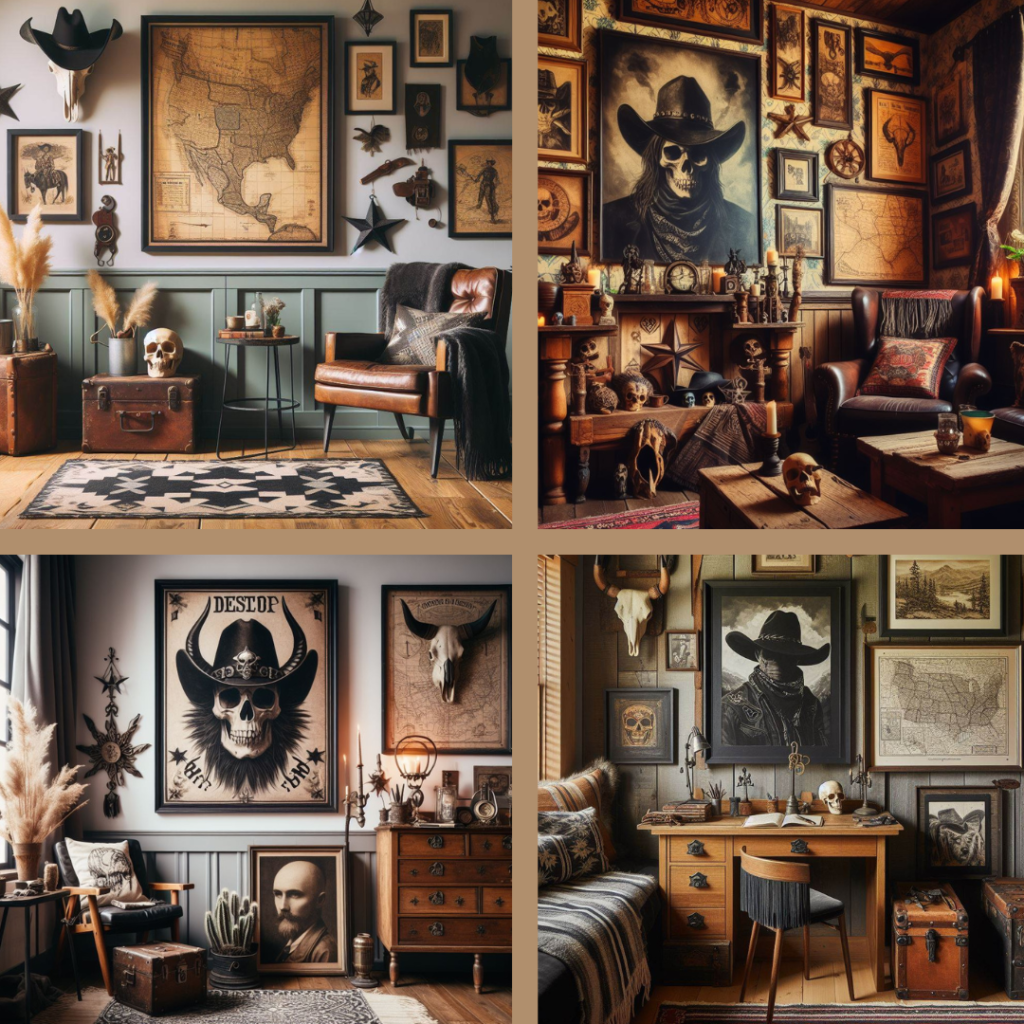
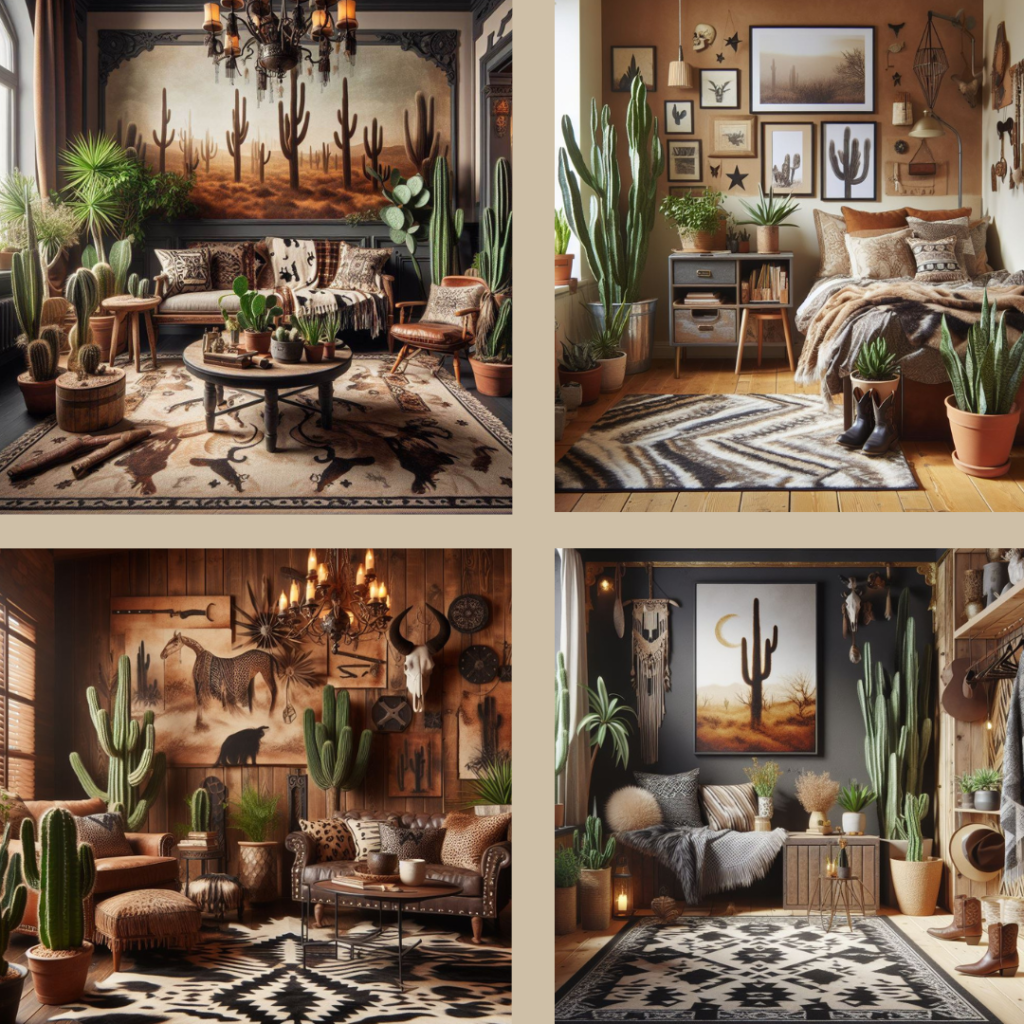




I really love it! I don’t think I’ve heard of the concept before but it is definitely beautiful ☺️
Pretty unique for sure.